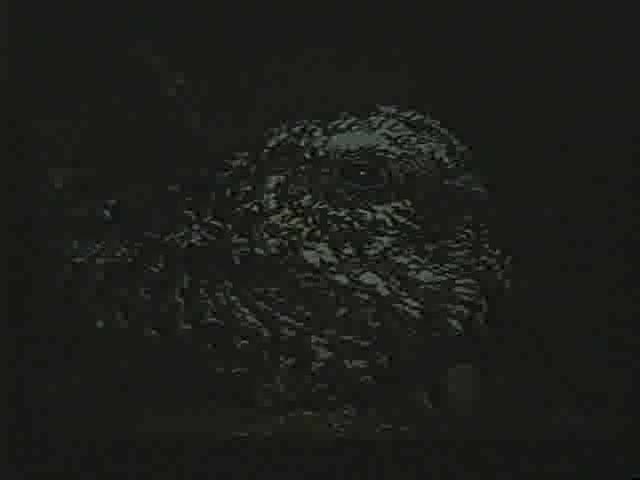Lewis and Clark document bird hibernation before Audubon names species
May 12, 2025 | Missoula, Missoula County, Montana
Thanks to Scribe from Workplace AI , all articles about Montana are free for you to enjoy throughout 2025!

This article was created by AI using a video recording of the meeting. It summarizes the key points discussed, but for full details and context, please refer to the video of the full meeting. Link to Full Meeting
Lewis's meticulous observations included details about the bird's heartbeat and behavior, leading him to conclude that it had entered a dormant state. This finding was groundbreaking, as it contradicted the prevailing notion that only mammals could hibernate. It wasn't until 1946 that ornithologist Charles Yeager provided definitive evidence that certain bird species could indeed hibernate, validating Lewis's early insights.
The meeting also touched on the legacy of these discoveries, noting that while Lewis and Clark are credited with the initial observations, the famous ornithologist John Audubon later named the species in the 1840s. This connection between historical exploration and modern scientific understanding underscores the importance of the Lewis and Clark expedition in expanding knowledge about the natural world.
As the community reflects on these contributions, it becomes clear that the work of Lewis and Clark continues to resonate, reminding residents of the value of inquiry and observation in understanding the complexities of nature. The discussions at the meeting serve as a reminder of how historical achievements can inspire current and future generations in Missoula and beyond.
Converted from American Encounters, The Scientific Contributions of Lewis and Clark (University of Montana 1992) meeting on May 12, 2025
Link to Full Meeting
Comments
View full meeting
This article is based on a recent meeting—watch the full video and explore the complete transcript for deeper insights into the discussion.
View full meeting